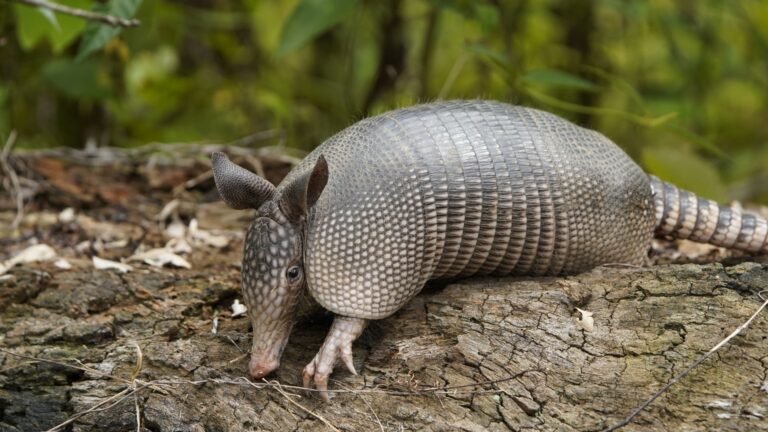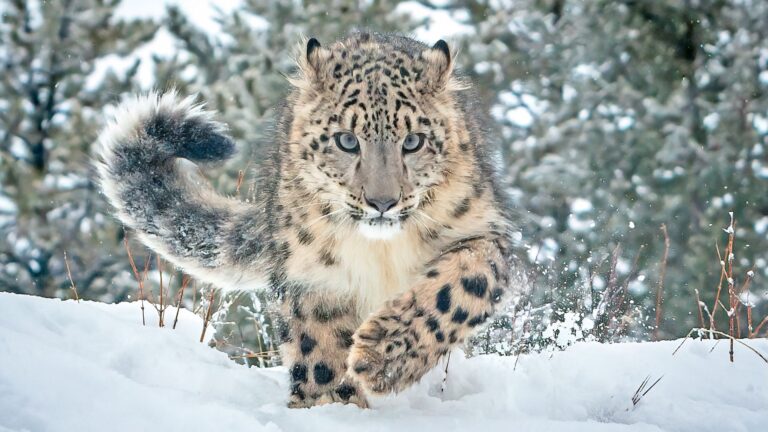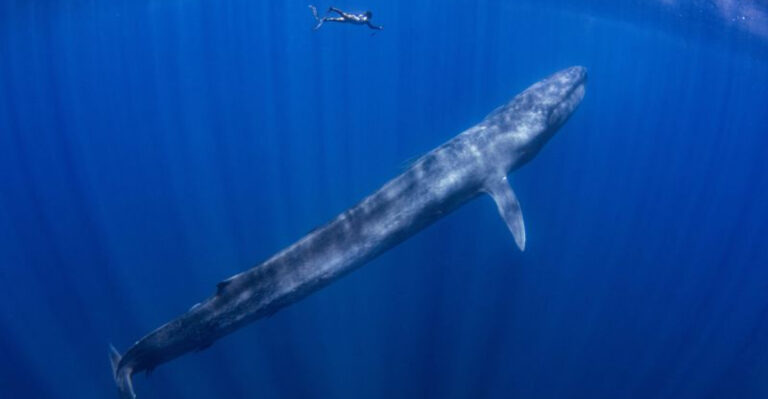Everything You Need To Know About The Platypus
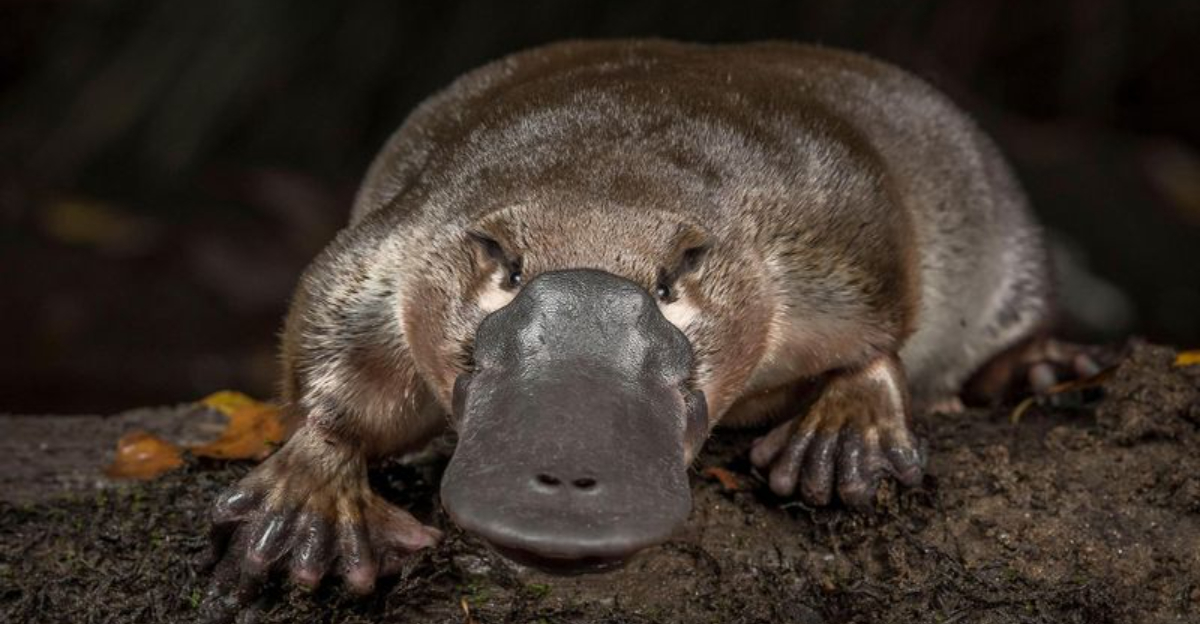
The platypus is one of nature’s most bizarre and fascinating creatures. Found only in Australia, this egg-laying mammal puzzled scientists for years with its duck bill, beaver tail, and webbed feet.
Whether you’re a wildlife enthusiast or just curious about strange animals, the platypus offers a remarkable glimpse into evolutionary oddities that break all the usual rules.
1. What Is A Platypus?
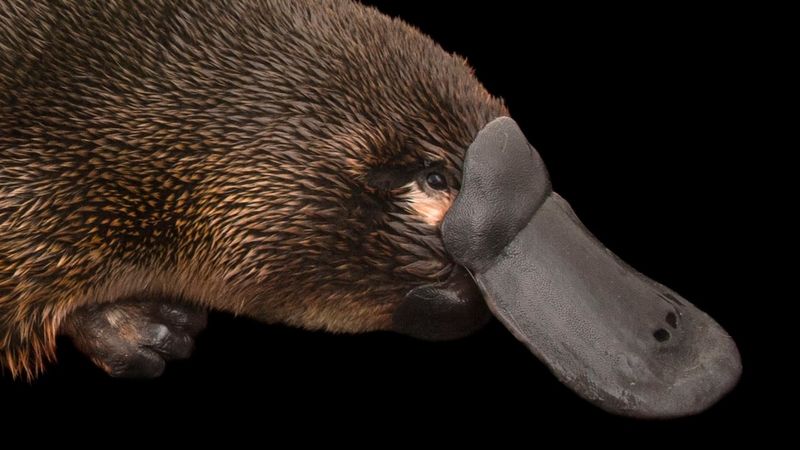
The platypus belongs to a rare group called monotremes—mammals that lay eggs instead of giving birth to live young. Scientists initially thought it was a hoax when first discovered!
Along with the echidna, it’s one of only five monotreme species alive today. This evolutionary oddball has remained largely unchanged for millions of years, representing a fascinating branch on the mammalian family tree.
2. Where Do Platypuses Live?
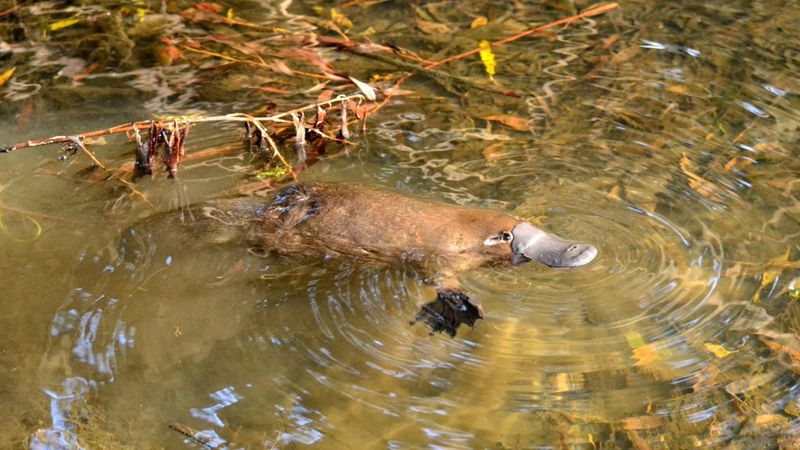
Found exclusively in eastern Australia, platypuses make their homes in freshwater systems ranging from tropical rainforest streams to cold mountain rivers. They construct elaborate burrows in riverbanks with underwater entrances for protection.
Each platypus needs about 2-5 kilometers of river territory to thrive. Their population has declined in recent decades as waterways face increasing pollution and development pressures.
3. Physical Characteristics: A Mammal Like No Other
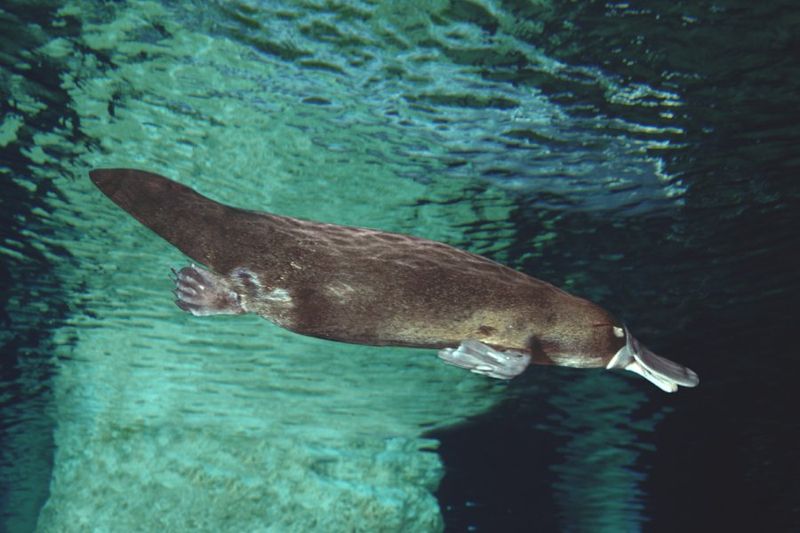
Sporting a leathery duck bill, beaver-like tail, and otter-style feet, the platypus looks like nature’s jigsaw puzzle. Adults typically measure 15-24 inches long and weigh 2-5 pounds.
Their dense, waterproof fur keeps them warm in chilly waters. Most surprising is their bill—not hard like a duck’s but soft and flexible, packed with thousands of electroreceptors for hunting underwater.
4. What Does This Unique Mammal Eat?
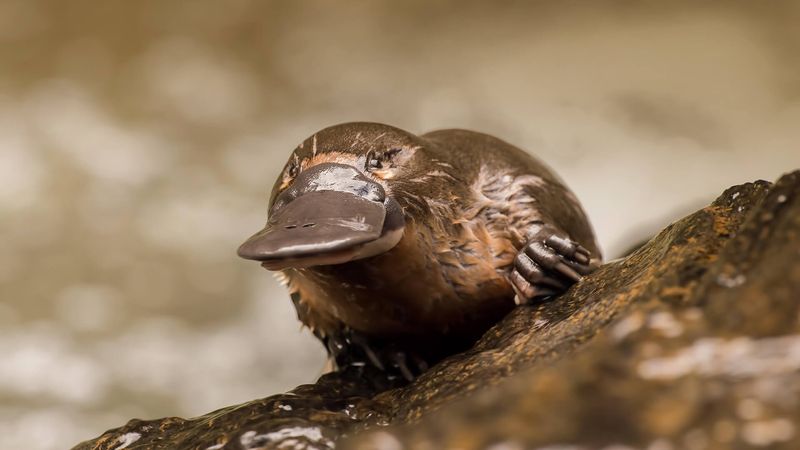
Midnight snackers by nature, platypuses hunt primarily during dawn, dusk, and nighttime hours. Their menu features freshwater shrimp, insect larvae, worms, and small crayfish scooped from river bottoms.
Without teeth, they store collected prey in cheek pouches, then surface to crush food between horny pads in their bills. A hungry platypus can consume nearly 20% of its body weight daily!
5. How Platypuses Hunt
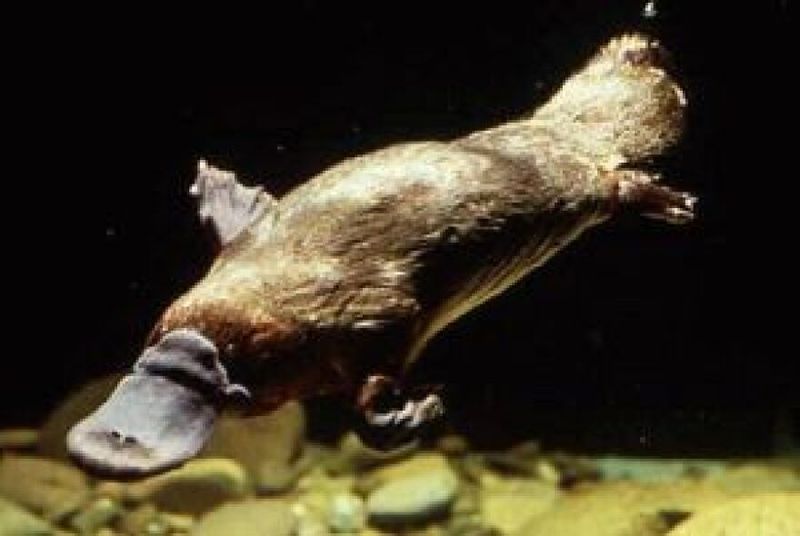
Platypuses close their eyes, ears, and nostrils underwater yet still find prey with incredible accuracy. Their secret? Thousands of electroreceptors in their bills detect the tiny electrical fields produced by muscle movements of prey animals.
This sixth sense makes them one of few mammals with electroreception abilities. They sweep their bills side-to-side through mud and gravel, sensing the electrical signatures of hidden creatures.
6. Platypus Reproduction: The Egg-Laying Mammal
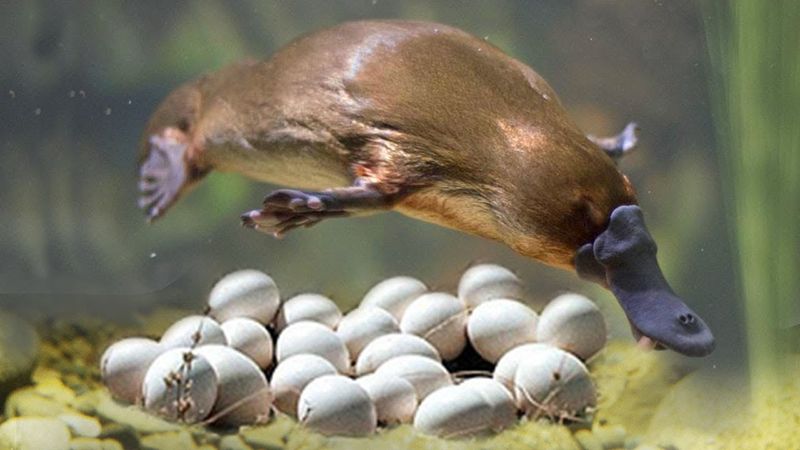
Female platypuses lay 1-3 small, leathery eggs after a 21-day gestation period. She incubates them pressed against her warm belly for about 10 days until they hatch.
Baby platypuses (called puggles) are born hairless and bean-sized. They lap milk that seeps from special patches on mom’s belly—no nipples here! Young platypuses venture into water after 3-4 months, fully independent.
7. The Venomous Spur Of The Male Platypus
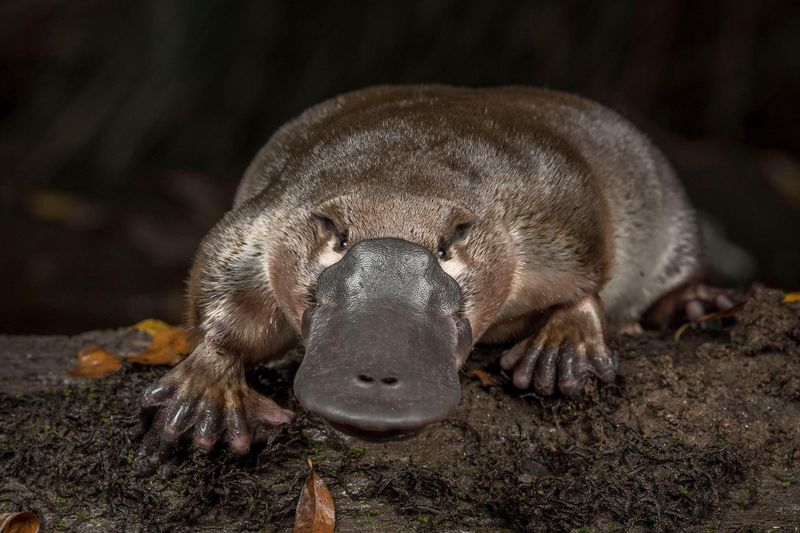
Male platypuses pack a surprising weapon—hollow ankle spurs connected to venom glands. The venom causes excruciating pain that can last for weeks and resists conventional painkillers.
Scientists believe this venom evolved primarily for male competition during breeding season, not predator defense. While not typically lethal to humans, the pain has been described as so intense it can cause vomiting and temporary paralysis.
8. Platypus Behavior
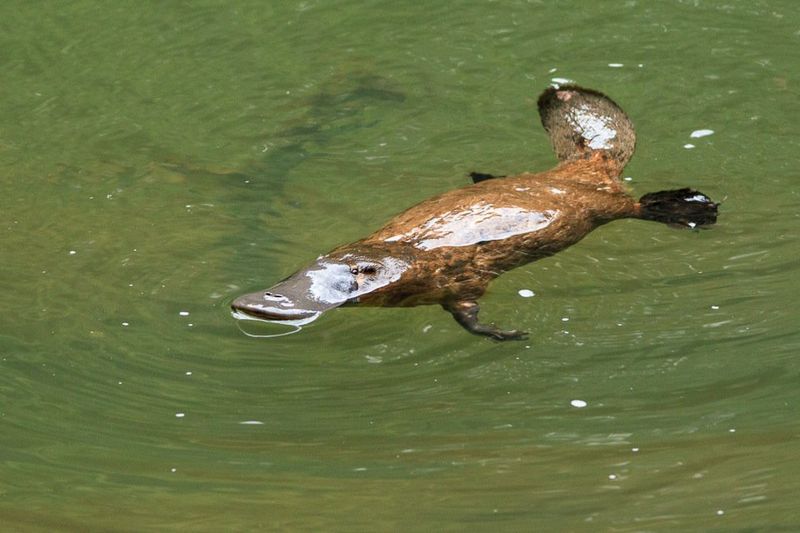
Solitary by nature, platypuses avoid each other except during breeding season. They’re most active at night, spending up to 12 hours daily hunting underwater while covering surprising distances.
Despite their aloof reputation, mothers form strong bonds with offspring. Researchers have observed complex play behaviors in young platypuses, including water slides and somersaults that develop crucial hunting and swimming skills.
9. The Platypus’s Role In Ecosystems
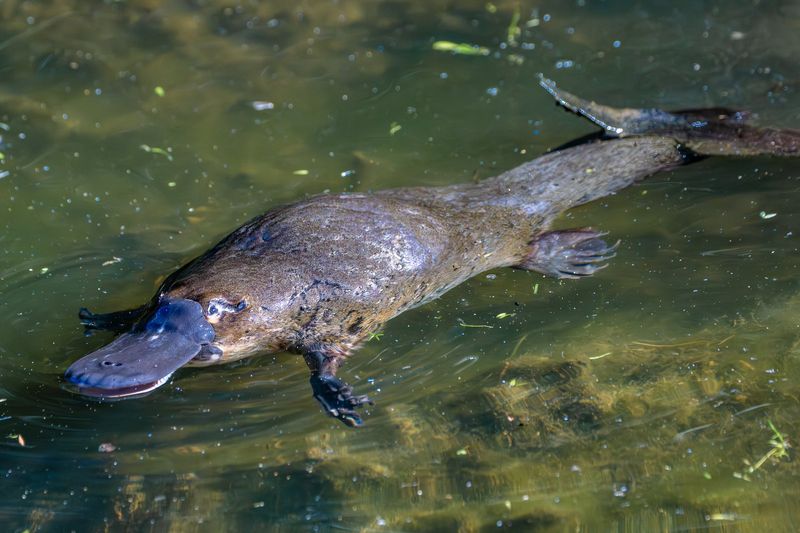
As voracious predators, platypuses help control aquatic insect and crustacean populations in freshwater systems. Their burrowing activities create habitat niches for other species and contribute to riverbank stability.
Scientists consider them “indicator species”—their presence signals a healthy ecosystem. Because platypuses occupy both aquatic and terrestrial environments, they create important connections between these two worlds in Australia’s fragile river systems.
10. Threats To The Platypus Population
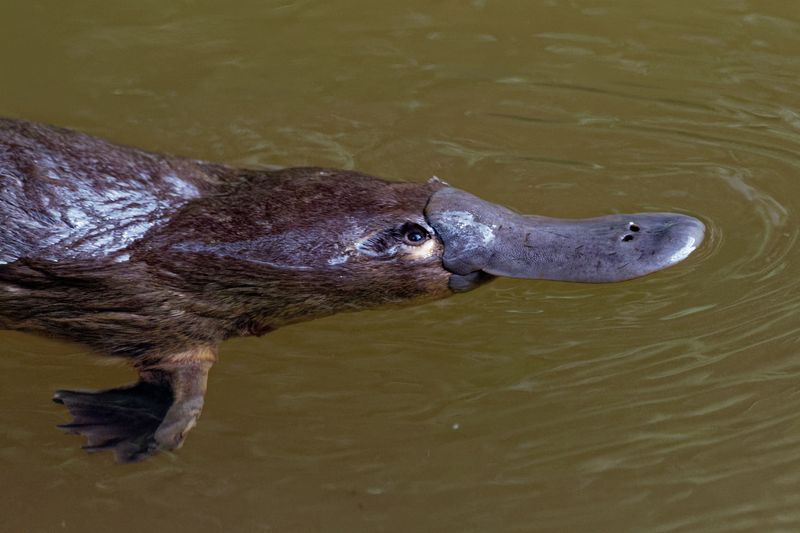
Habitat destruction tops the list of platypus threats. Dams and poor water management disrupt their riverine homes, while agricultural runoff poisons their hunting grounds.
Introduced predators like foxes and feral cats target them on land. Plastic waste poses a deadly hazard—platypuses often become entangled in fishing line and six-pack rings. Climate change brings increased droughts, further stressing their already vulnerable populations.
11. Conservation Efforts
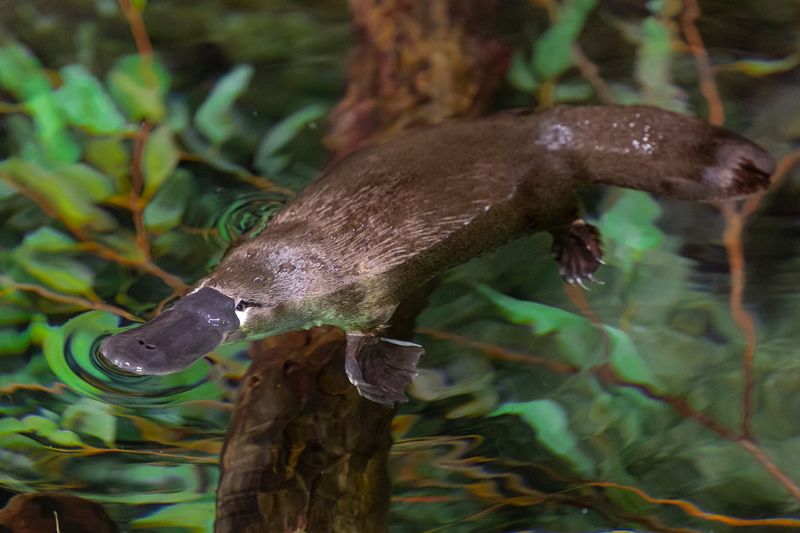
Dedicated conservation groups monitor wild platypus populations through environmental DNA sampling and tracking devices. Riverside revegetation projects help stabilize banks and filter pollutants before they reach waterways.
Wildlife corridors now connect fragmented habitats. Some innovative programs involve citizen scientists in platypus counts, raising awareness while gathering valuable data. Recently, specialized platypus underpasses have been built beneath roads to reduce vehicle deaths.
12. Platypus Myths
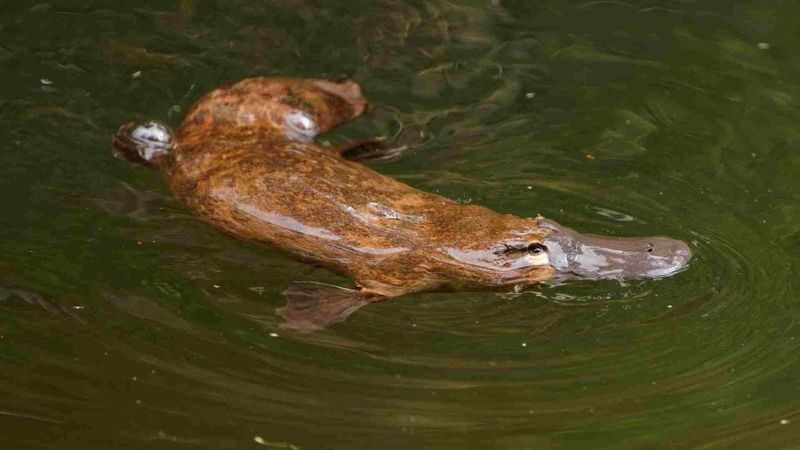
When European naturalists first encountered platypus specimens in 1798, many dismissed them as elaborate hoaxes—sewn-together parts from different animals. For decades, scientists refused to believe they laid eggs despite Aboriginal knowledge confirming this fact.
Another persistent myth claims platypuses glow under ultraviolet light. While some mammals do exhibit this trait, platypuses don’t actually fluoresce. Their bills aren’t rigid like duck beaks but soft and flexible sensory organs.
13. Why The Platypus Is So Special
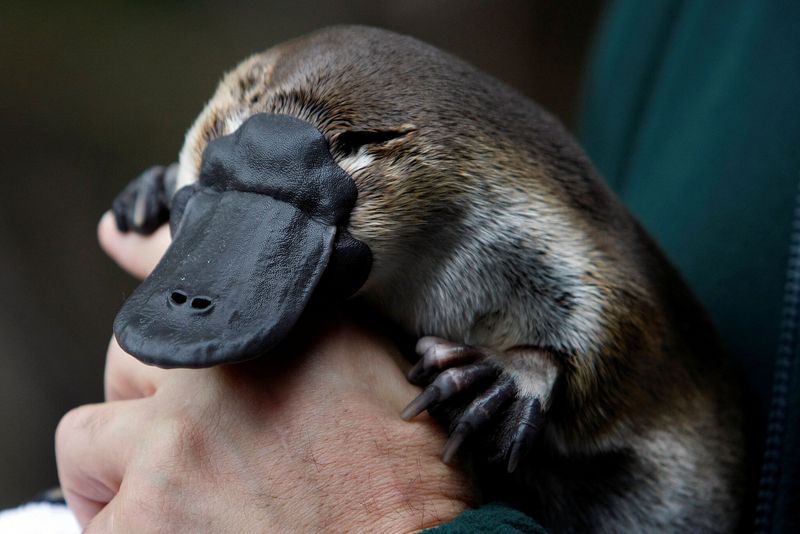
Platypuses represent a remarkable evolutionary snapshot—they’ve maintained primitive mammalian traits while developing specialized adaptations. Their genome contains DNA from birds, reptiles, and mammals, making them living examples of evolutionary history.
Scientists study platypus venom for potential pain management breakthroughs. Their electroreception abilities inspire new technologies. As living fossils that have survived relatively unchanged for millions of years, they remind us of nature’s astonishing diversity.

